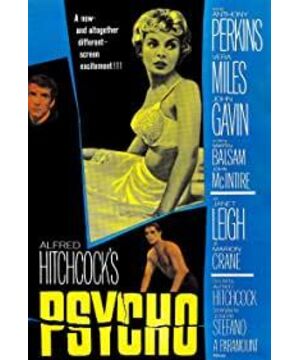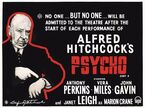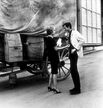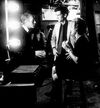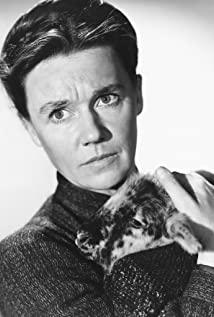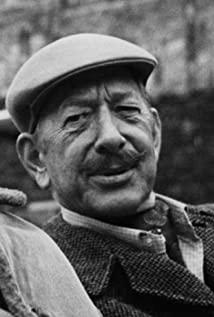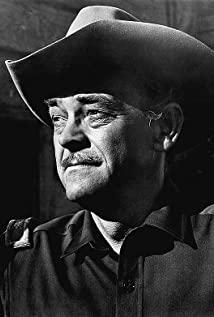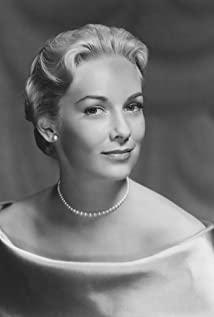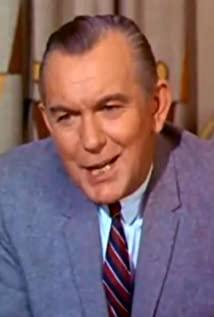Hitchcock's name has been heard countless times when I started to contact the director to study the art test, and "Psycho" has also been recited countless times. I only know that the director is a celebrity who cannot be missed in the history of film and is a master of suspense. This movie is just beginning to really appreciate the director's greatness. Although I have been exposed to many suspense horror films of this era, with various techniques and expressiveness, this dual personality schizophrenia theme is not surprising. I thought that I had seen "American Horror Story" for this early, black and white. , Films with a sense of history will not feel much, at most as a supplementary lesson in film history, but I found that I was wrong. "Psycho" can be said to have had a profound influence on later films, and it was only then that I understood the importance of watching these historical films, which are the original form and source.
What I admire about the director is that there is no need to rely on a lot of makeup plasma to create visual "horror tension" like some Japanese and Korean horror films, but to create a sense of oppression and tension psychologically. I saw someone sum up the Hitchcock-style script creation before, and I thought it was well written. It made the audience feel tense through the plot, kept the audience in doubt, and shifted the question point through the development of the story, just like the heroine in the film. Was she caught? Who killed her? What will the ending be? My heart has been tense as I watched it. So to create this feeling, the foreshadowing of the previous plot is very important.
Besides, how the horror point of the film is created is also a classic famous scene. The first is where the heroine was killed, using cross-montage, multiple shots in one minute, fast editing, fast-paced and impactful, and pictures displayed from different angles, coupled with Hitchcock's classic The soundtrack, the foreshadowing of the early emotional plot broke out here. The private detective was killed, and here the camera is placed at the top and looking down, it feels like my sister is in the basement.
There are still many places where the details are full marks. The change of the camera position when Bates talks to the heroine, the movement from the side to the front of Bates, the composition can also be carefully studied here, and the beak of the specimen bird is aimed at the neck of the heroine. There's also the femininity of Bates as he goes up the stairs, the change in the actor's facial expressions (the actor is super good), and finally Bates's face overlapping the skeleton's face, and so on. There is also the last thoughtful scene, Bates's weird laugh and mother's narration.
After watching the movie, the main features I feel are that the first one focuses on details, there are a lot of close-up shots of things, and implied information, and the time is compressed to omit and quickly explain some less important plots, such as the heroine driving on the road. The picture, sound and picture are out of sync. Maybe the heroine imagined it or it really happened. This arrangement is very neat and concise, and part of the plot is explained in a few shots. It seems that this kind of hope is also used when watching the framed female housekeeper in "Parasite". District Kirk style of editing. There is also the flexible use of lens language, the effect of camera position changes, and the soundtrack is very distinctive. The last is the story setting, how to make a suspenseful movie, I think I read that article enough to explain, so I won't go into details.
View more about Psycho reviews


